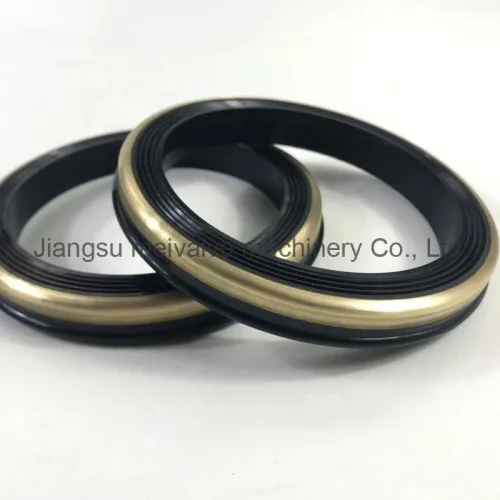How do hammer union seals work?
Hammer union seals are essential components in high-pressure fluid systems, ensuring a secure and leak-free connection between hammer unions. These seals play a crucial role in industries such as oil and gas, where maintaining the integrity of pipelines and equipment is paramount. In this article, we will explore the inner workings of hammer union seals, understanding their design, functionality, and the mechanisms that enable them to perform under demanding conditions.
Understanding the Design:
Hammer union seals are typically composed of an elastomeric material, such as nitrile rubber, fluoroelastomer (Viton), or HNBR (Hydrogenated Nitrile Butadiene Rubber). The seal is designed to fit within a groove on the male and female ends of the hammer union. The seal's shape and dimensions are precisely engineered to create a tight and reliable connection when the union is assembled and tightened.
Compression and Sealing:
The effectiveness of hammer union seals relies on compression. When the hammer union is assembled, the male and female ends are brought together, compressing the seal between them. As the union is tightened using a hammer or similar tool, the seal experiences radial compression and is forced against the mating surfaces. This compression generates a high-pressure seal that prevents leakage, even under extreme operating conditions.
Resilience and Elasticity :
Hammer union seals possess inherent resilience and elasticity. These properties allow the seals to adapt to minor misalignments, surface imperfections, or movement within the joint. When subjected to pressure, the seals deform and conform to the mating surfaces, ensuring a tight and reliable seal. The elastomeric material's ability to rebound and maintain its shape after compression helps to retain the seal's effectiveness over multiple assembly and disassembly cycles.
Resistance to Pressure and Media:
Hammer union seals are engineered to withstand high-pressure environments commonly found in oil and gas operations. They provide a barrier against fluid pressures, preventing leaks and maintaining system integrity. Additionally, these seals exhibit resistance to a wide range of media, including oil, gas, water, and various chemicals. The seal material is selected based on the specific application, taking into consideration factors such as temperature, pressure, chemical compatibility, and environmental conditions.
Conclusion:
Hammer union seals are critical components that ensure a secure and leak-free connection in high-pressure fluid systems. Through their clever design, compression, resilience, and resistance to pressure and media, these seals create a barrier that prevents leaks and maintains system integrity. Understanding how hammer union seals work helps industries such as oil and gas optimize their operations by selecting the appropriate seals for their specific needs.


Comments